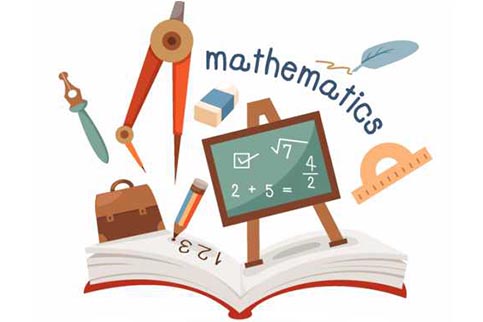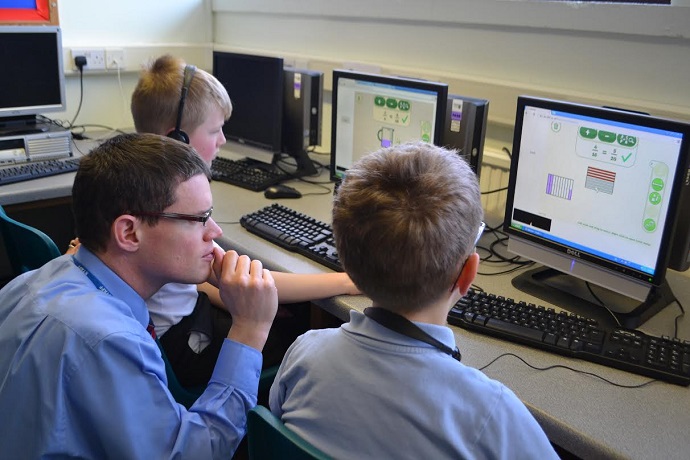Project Aims
The project Talk, Tutor, Explore, Learn: Intelligent Tutoring and Exploration for Robust Learning (iTalk2Learn) plans to provide the next generation of intelligent tutoring systems platform and technologies.

The project has four main aims:
- Provide new methods for automatic intervention selection by developing machine learning models that exploit observations about success of past interventions in a principled and systematic way, and thus delivering high quality results.
- Extend the focus of intelligent tutoring systems by integrating exploratory activities (to support both structured practice and exploratory activities).
- Extend the interaction capabilities of intelligent tutoring systems to integrate speech, particularly in order to attain cues about each learner’s situation and to use these cues to improve the quality of intervention selection.
- Provide an open-source platform for intelligent support systems by integrating results from the above aims above within a flexible, plugin-based architecture.
To demonstrate and evaluate the impact of the above innovations, iTalk2Learn has chosen as a target domain that of fractions, and in particular equivalence, addition and subtraction, because of the widely acknowledged difficulty that students have in learning fractions and the richness fractions afford with respect to different representations and interpretations. Accordingly, iTalk2learn will conduct empirical studies with students aged 9-11, both in classrooms and in an online context. Therefore, iTalk2Learn has two further aims:
- Develop rich structured and exploratory content and formal descriptions in the target domain of fractions, including common procedural and conceptual errors, possible solution and intervention strategies.
- Thoroughly evaluate the developed methods and technologies in studies to assess their benefits and potential interaction.

Jonathan Leeming, a primary school teacher, using Fractions Lab with his students